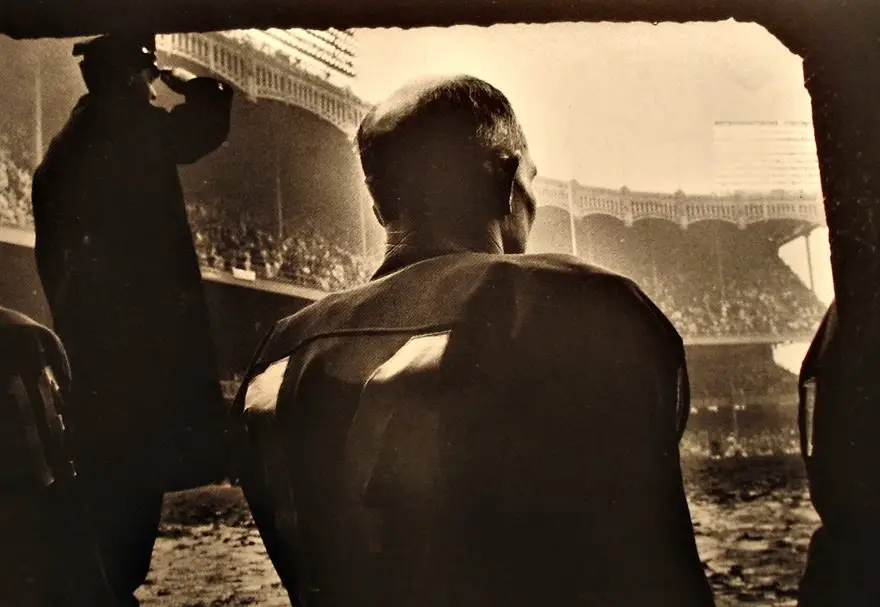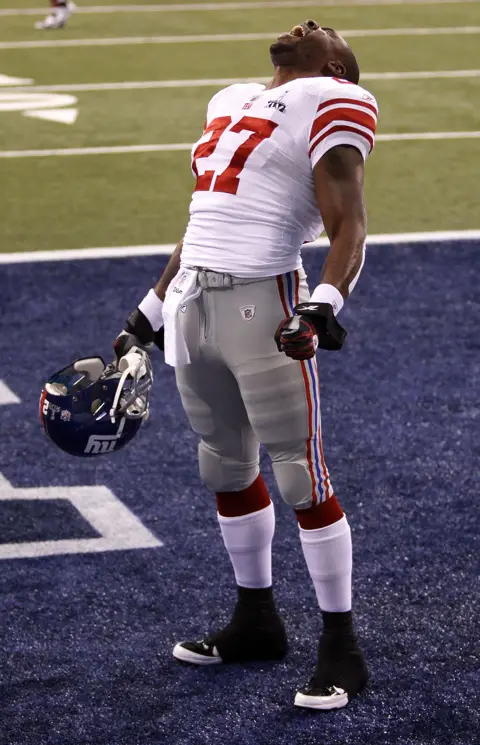![Y.A. Tittle Passes Away]()
by Larry Schmitt | Oct 10, 2017 | News and Notes
[contentblock id=1 img=html.png] Yelberton Abraham Tittle, better known as “Y.A.”, an All-Pro and Pro Football Hall of Fame enshrinee, who spent four of his 17-seasons in Pro Football with the New York Football Giants, passed away at the age of 90. Tittle was received...
![Y.A. Tittle Passes Away]()
by Eric Kennedy | Jul 17, 2014 | News and Notes
[contentblock id=1 img=html.png] Giants.com Q&A with LB Jameel McClain: The video of a Giants.com Q&A session with LB Jameel McClain is available at Giants.com. Article on OG Chris Snee: Chris Snee remains an unknown for Giants heading into training camp by...

by Larry Schmitt | Nov 4, 2013 | Articles, New York Giants History
Y.A. Tittle’s Incomparable 1962 and 1963 Seasons The potential of a tree exists inside every seed. Unbeknownst to all, the seed of the Giants offensive explosion of the early 1960’s was planted in 1948 and began to take root simultaneously on opposite coasts during...

by Eric Kennedy | Sep 10, 2013 | News and Notes
New York Giants Sign RB Brandon Jacobs: The Giants have signed 31-year old RB Brandon Jacobs to a 1-year contract. Jacobs was drafted in the 4th round of the 2005 NFL Draft by the Giants and played with the team for seven years from 2005-2011. He remains the...



